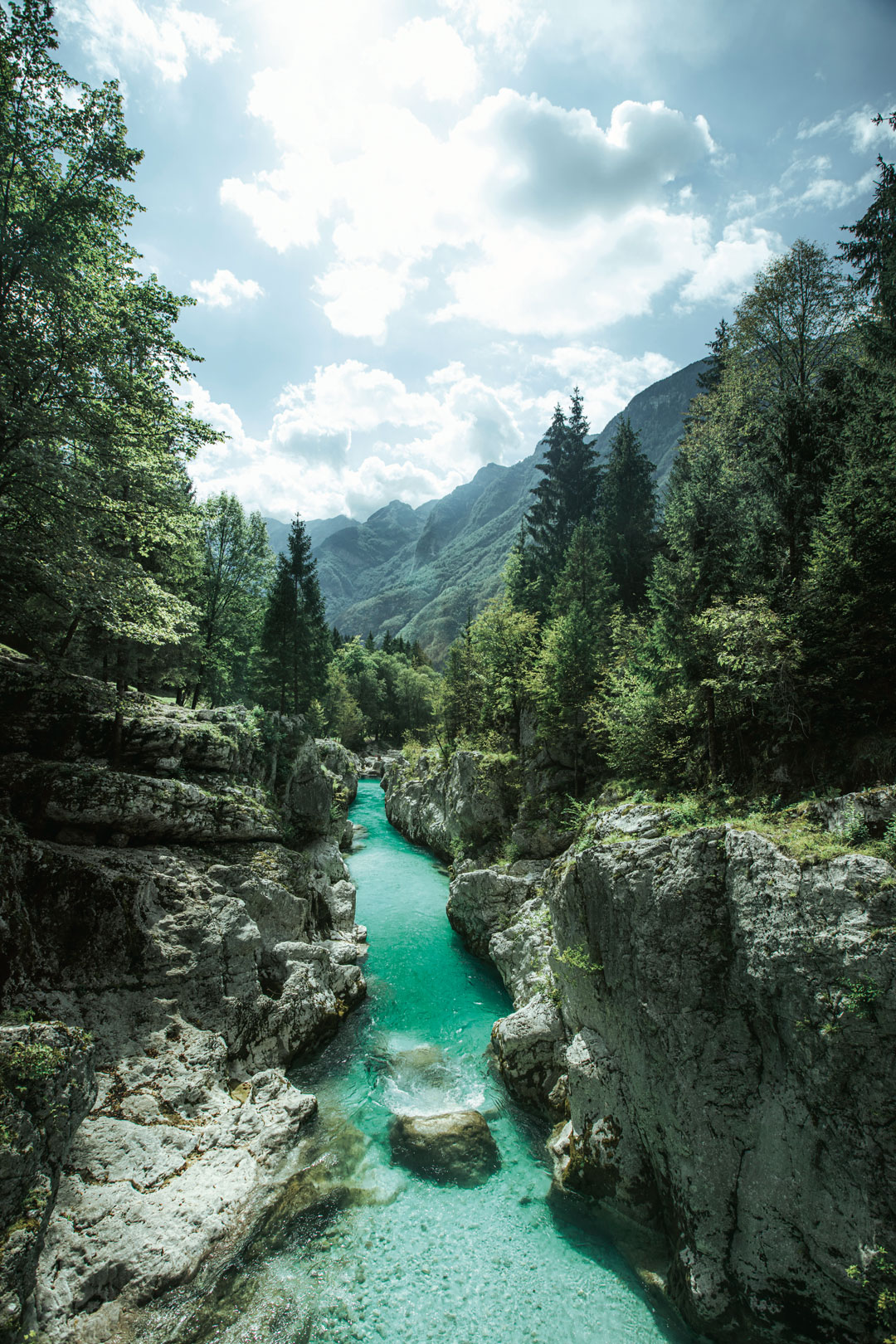
The landscape that shaped Ana Roš
Her mother longed for the sea; her father hunted in the mountains; both informed Ana's sensitive Slovenian cookery
A lot of chefs are keen to work the natural environment into their cookery, but for Ana Roš in her remote, highly acclaimed Alpine restaurant Hiša Franko in mountainous northwest Slovenia, nature is hard to avoid.
“The sheer force of it defines the lives, livelihoods and mood of the people here,” writes the Slovenian journalist Kaja Sajovic in the foreword to Ana Roš: Sun and Rain. “When the sun shines over the valley, it’s the most beautiful place on earth; at the point in the day that the light hits the spectrum of greens and old barns that are scattered on the foothills of the towering mountains just right, it looks more like an oil painting,. But when the clouds gather and hunker down for days on end, and when the November wind change ushers in endless rain, depression hits hard.”
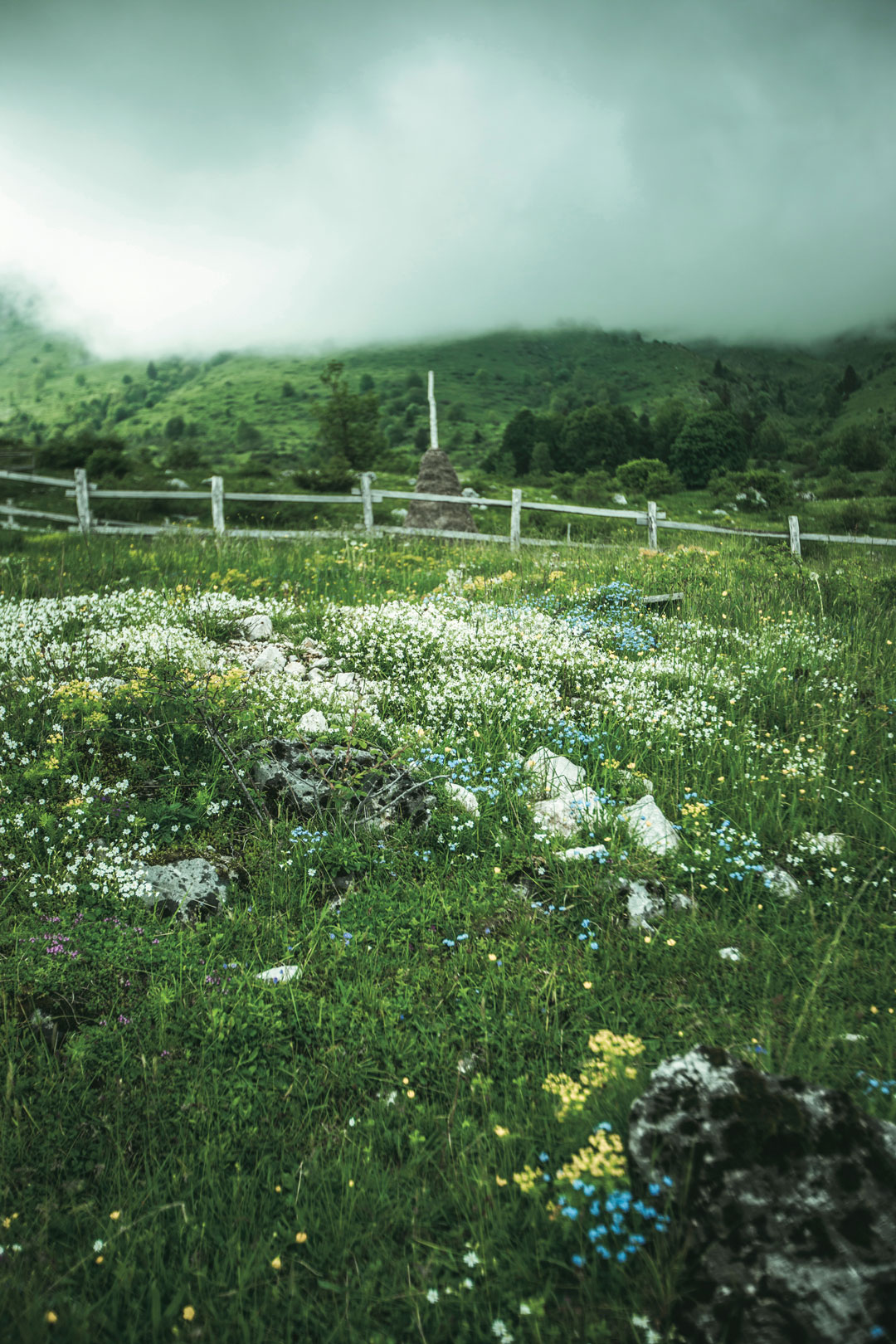
The landscape that made Roš’s cooking also divided her family. Ana’s parents met in the Slovenian capital, Ljubljana, but moved to the mountains for her father’s work. “By all accounts, it was not an easy decision,” writes Roš, “especially for my mother, who was so much used to her Mediterranean way of life, and was devoted to the sea. She is always saying that our years in the Soča Valley are just a short stop – a temporary solution for the family. But my father never searched for another job – he totally assimilated to mountain life, and joined a group of local hunters, passing all of his time off high up between the clouds. My mother, meanwhile, managed to feed her childhood nostalgia by cooking fish: sardines, seafood, anchovies, mackerel, clams, mussels.”
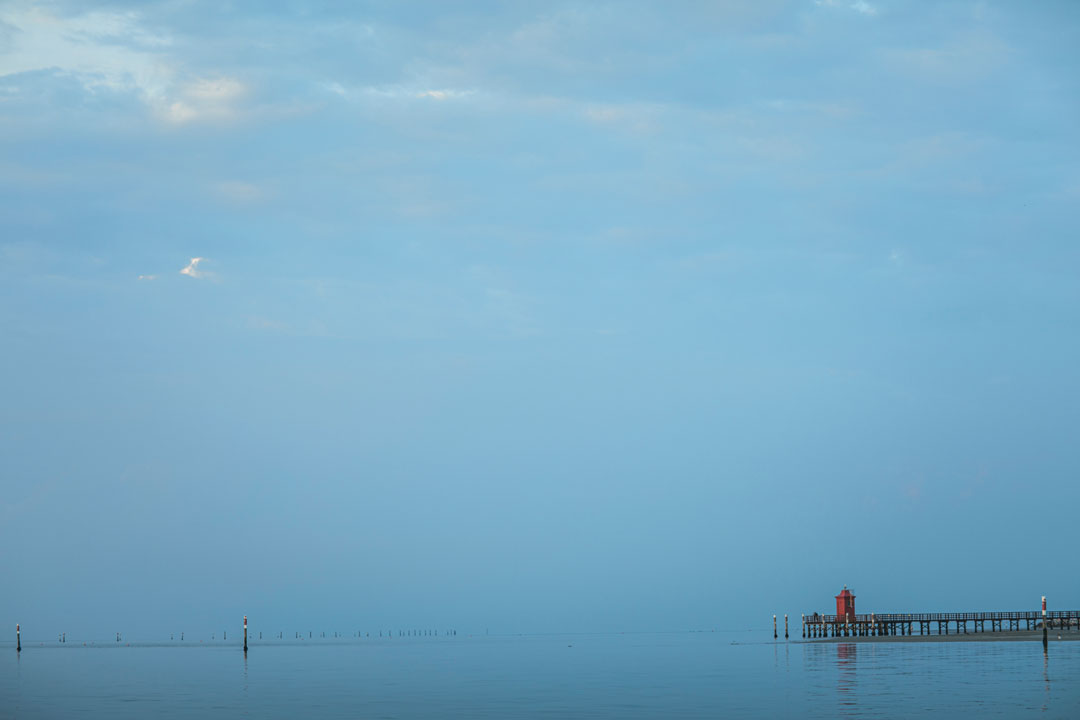
The paternal influence in Roš’s cooking can be seen in her restaurant today; his hunting trophies hang on the walls of Hiša Franko’s dining room, and deer heart and roebuck bones feature in her recipes. Her mother’s influence, meanwhile, is kept alive via trips to the Marano lagoon, an hour’s drive from Hiša Franko, across the Italian border, for fresh supplies of seafood.
That stretch of the Mediterranean isn’t the only source of fish for the restaurant, however. The beautiful Soča river, home to the rare marble trout – a species only found in this part of Europe –lies a short walk from the restaurant, and also feeds into Ana’s kitchen.
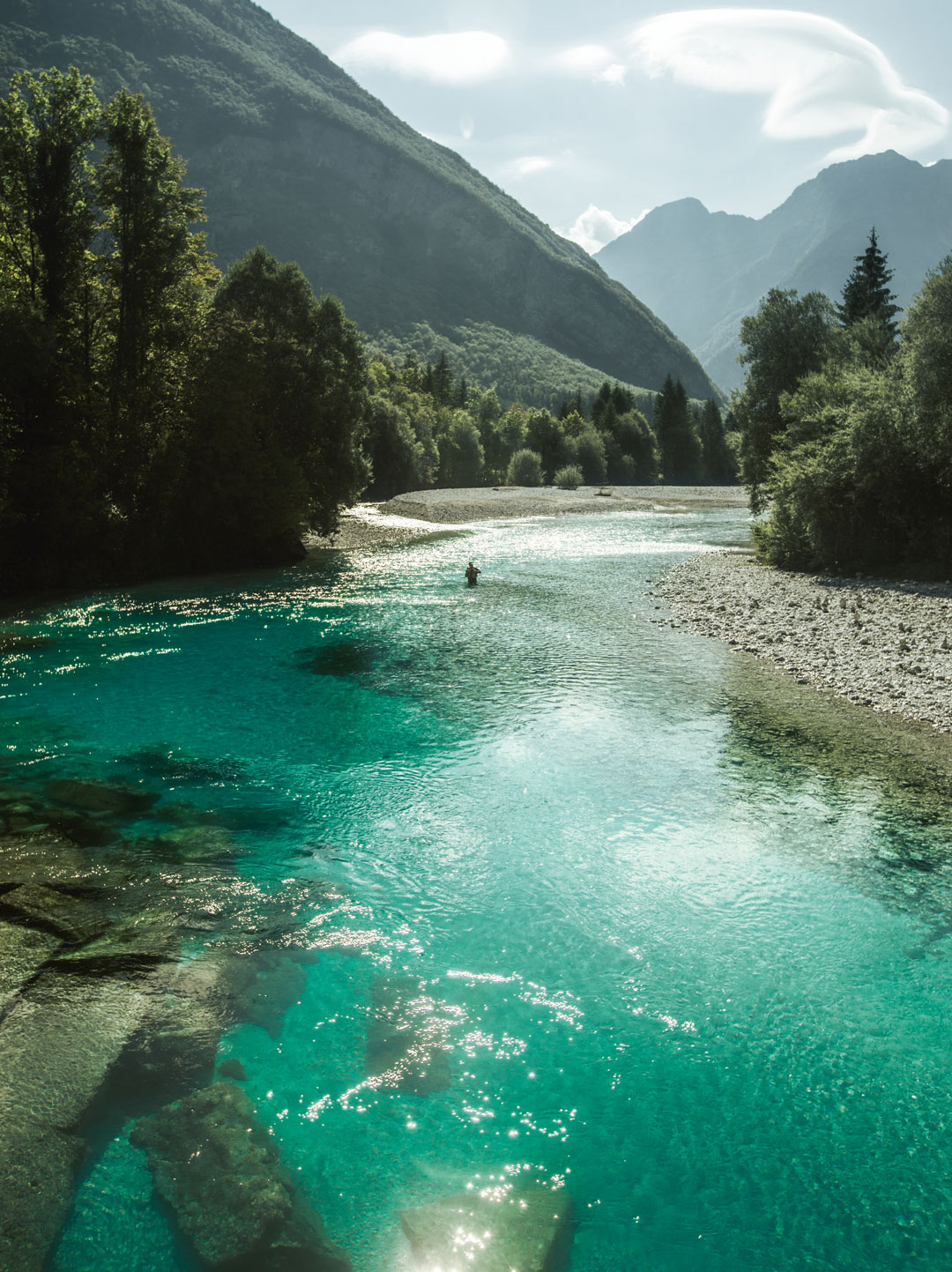
And her appreciation for local landscape and its produce goes beyond mere ingredients. Roš recalls how, when she was growing up, she could tell the farmers’ children apart.
“I can still remember the intense aroma of a stable, a warm, almost umami smell that clung to the hair and clothes of my schoolmates,” she writes in her new book, “boys and girls from farming families who probably had a much earlier start than me, milking their cows and helping to tend to the animals far before catching the bus to school.”
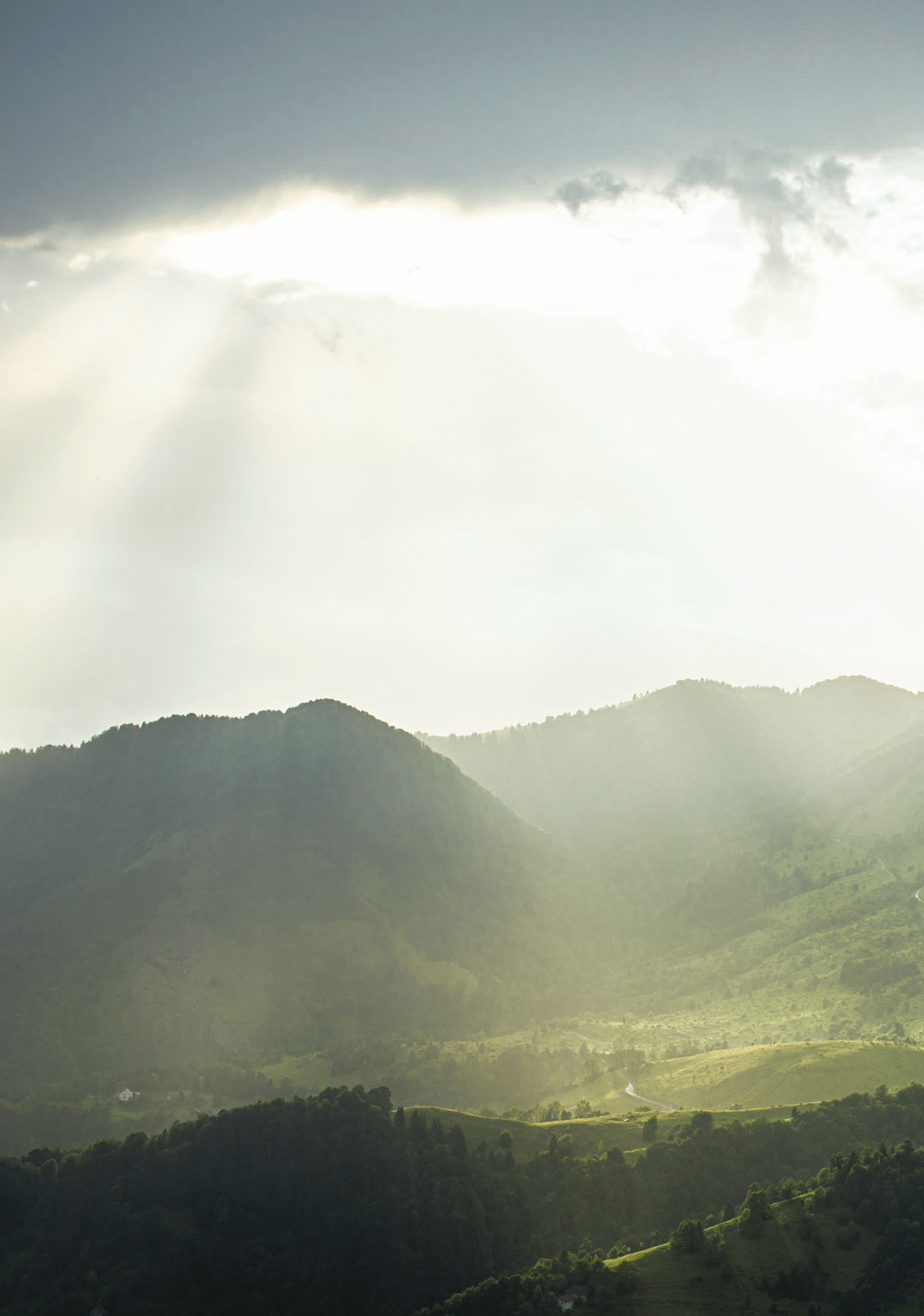
That intense relationship with the local environment hasn’t prevented the chef from including wider influences in her cookery, from Madagascar to Tanzania. Yet it does partly explain why the food critic and creative director of Cook it Raw! Andrea Petrini describes her cookery as ‘post-pastoral', a style of culinary creation that “draws lines between land and sea, foretells flavours, and strings together fellows in an up-close dialogue of possibilities.”
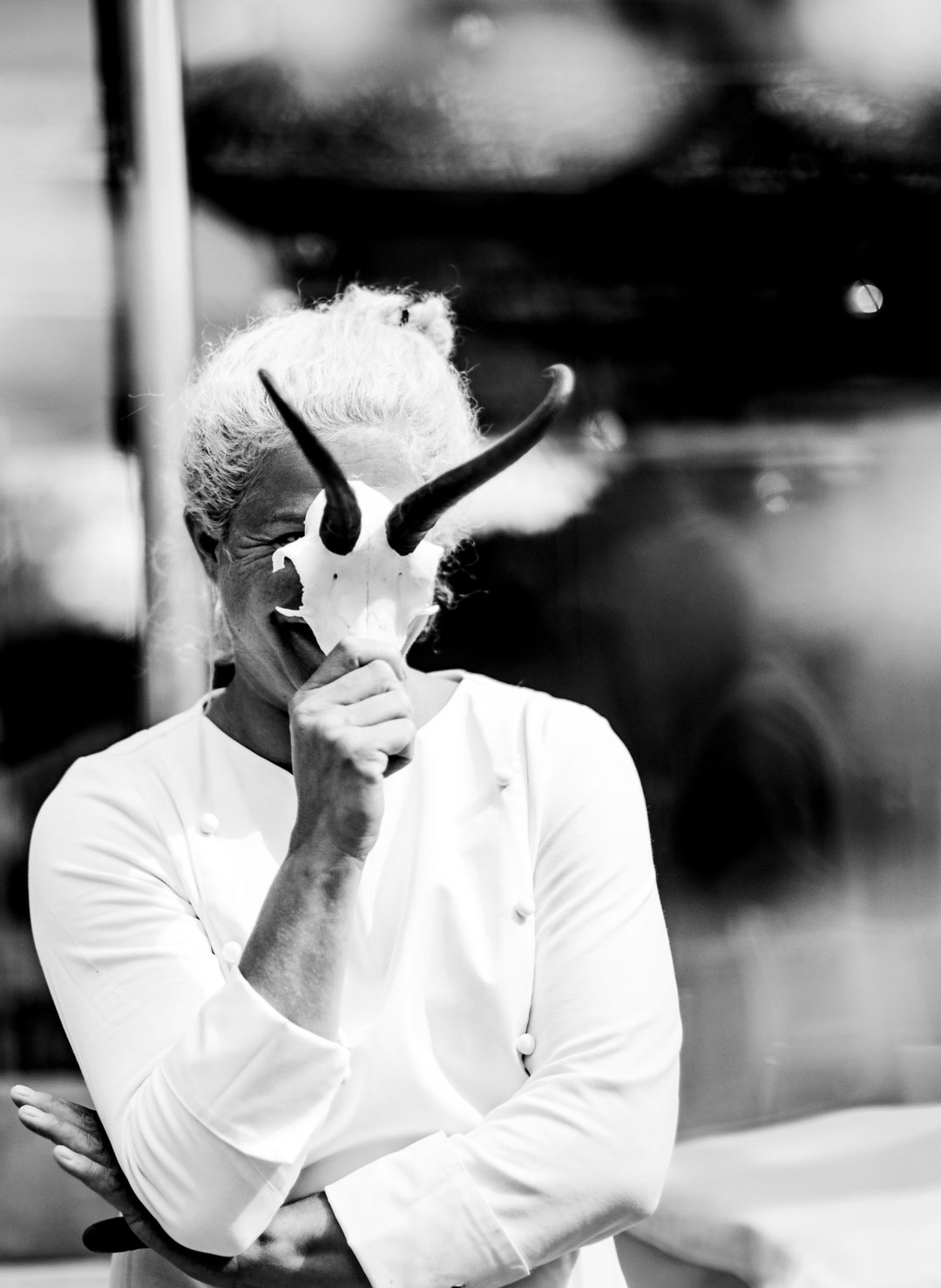
“There’s the beautiful, ever-changing precarity of late spring in Ana’s beautiful tripes cooked in wild game juice with the first summer chanterelles [mushrooms],” Petrini goes on. “There’s the slim, fit alertness of the marble trout, the local treasure from the Soča river, kissed by the gentle touch of reduced whey and poppy seeds along with the earthy acidity of beetroots pickled in tonka vinegar. And even the gentler chant of the forest, the call of the wild – where wild boar roam.”
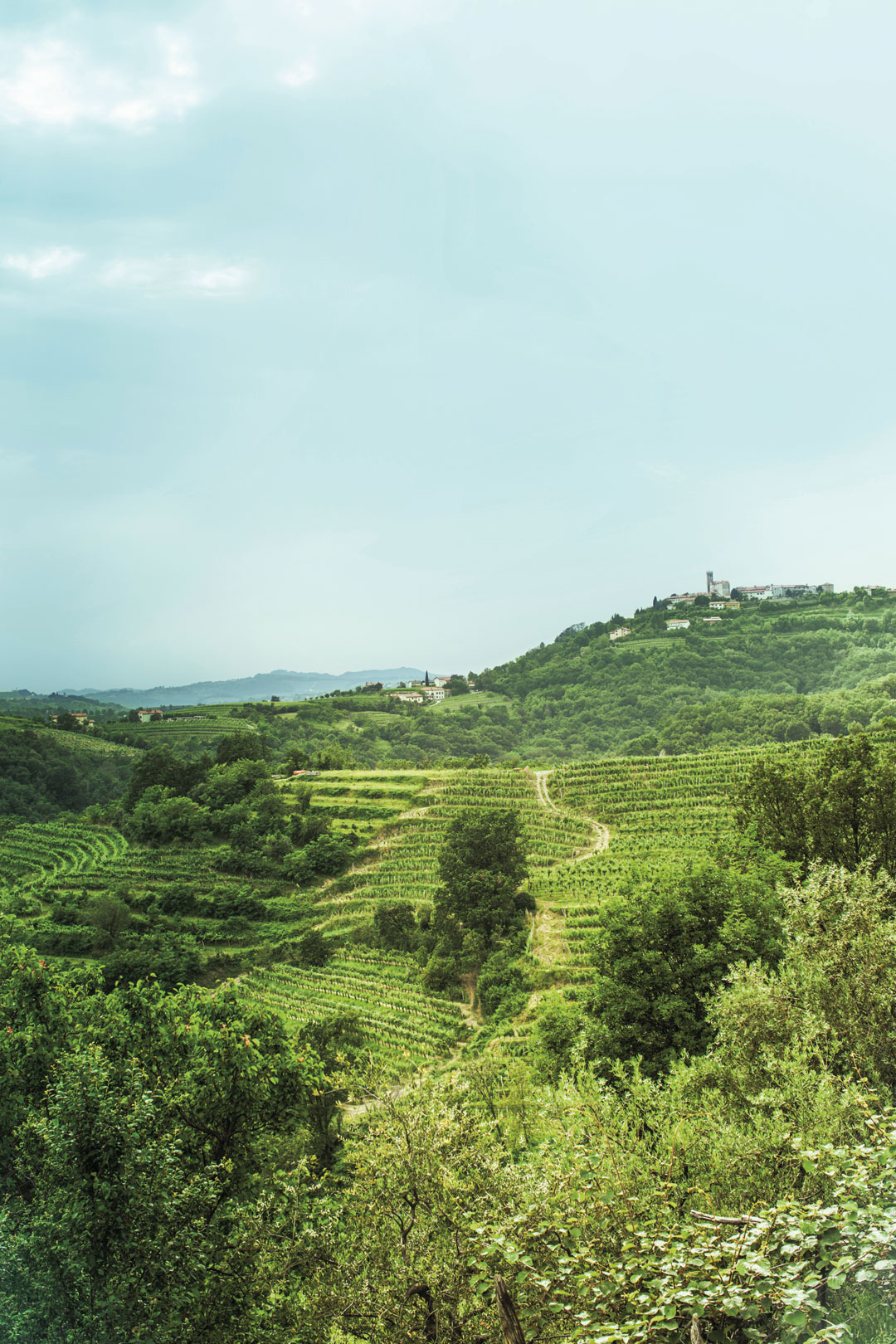
These varied influences are deeply felt by Roš and her neighbours. “Living here is a rollercoaster, a wild ride that shapes the people, the products, the mentality and the region itself,” writes Sajovic. “It’s a place of complex people; of pain and joy; a place of sun and rain.”
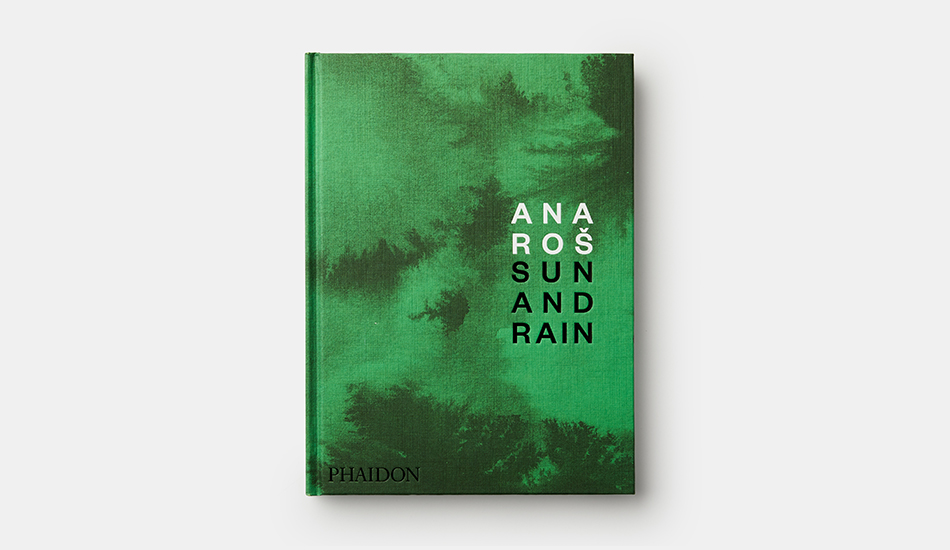
To better understand her influences and cookery, order a copy of Ana Roš: Sun and Rain here.